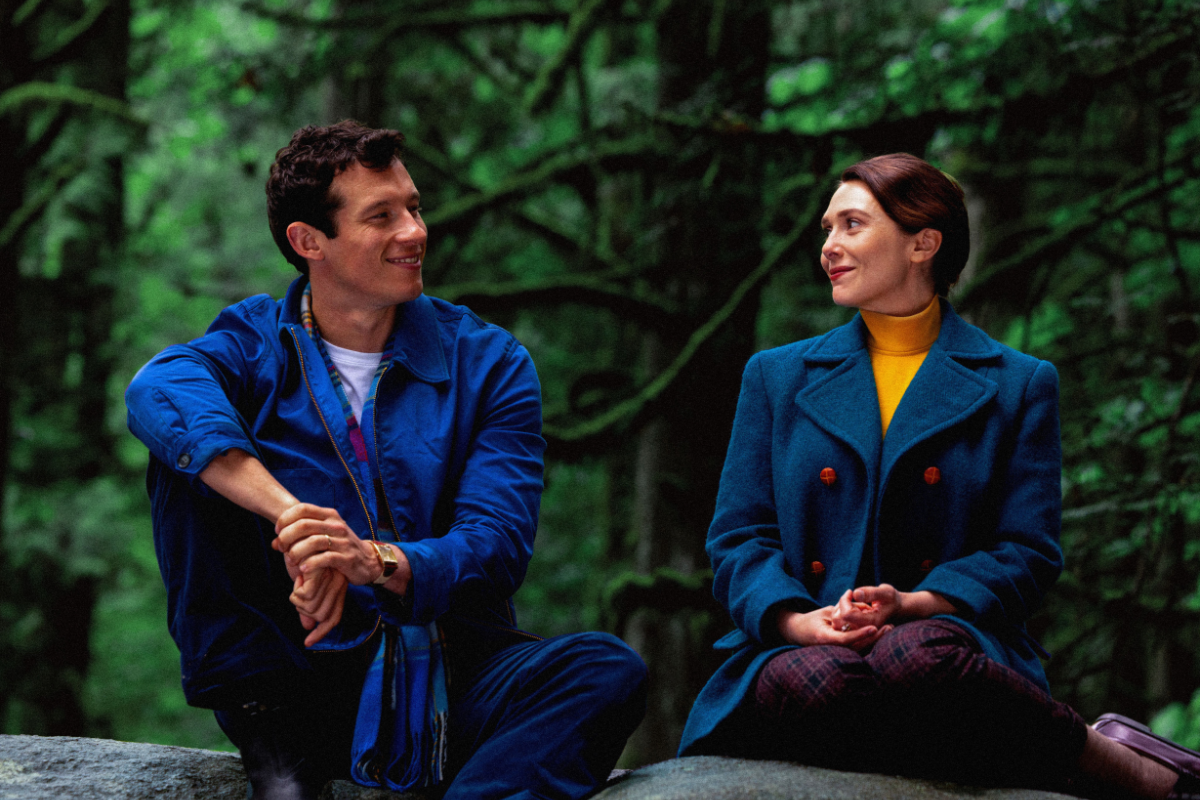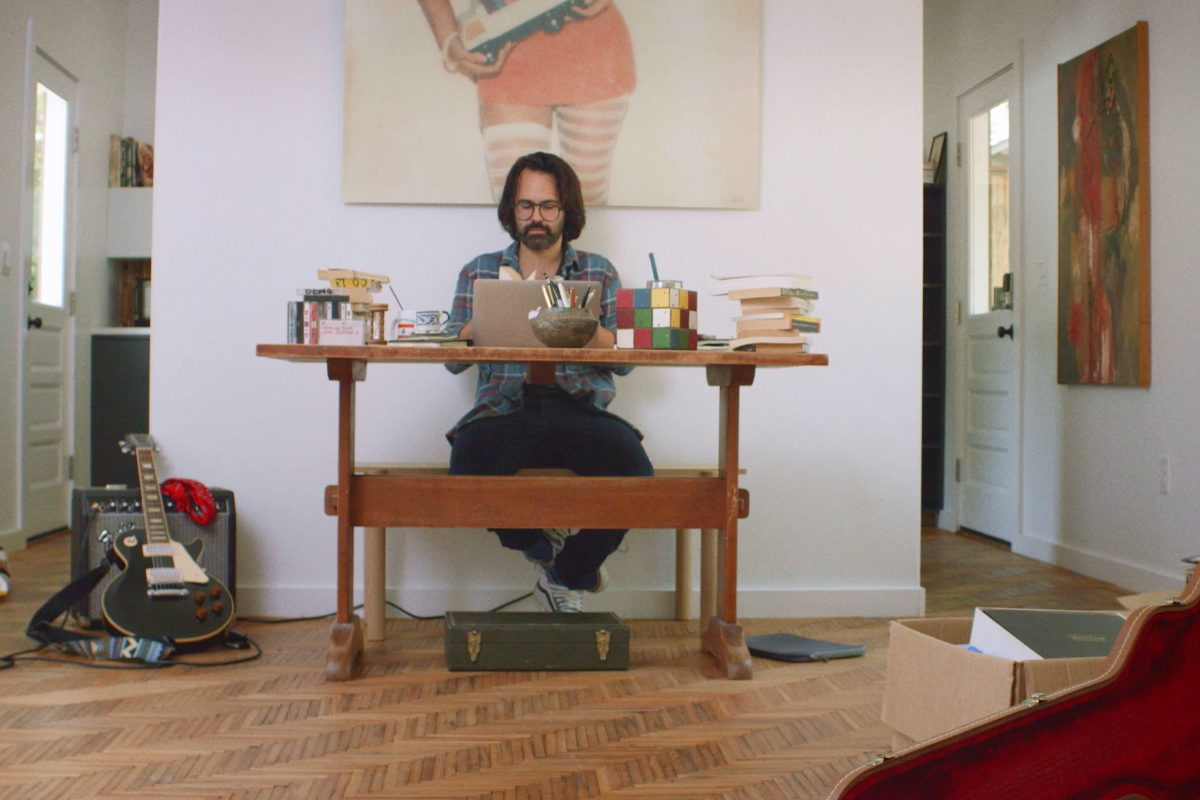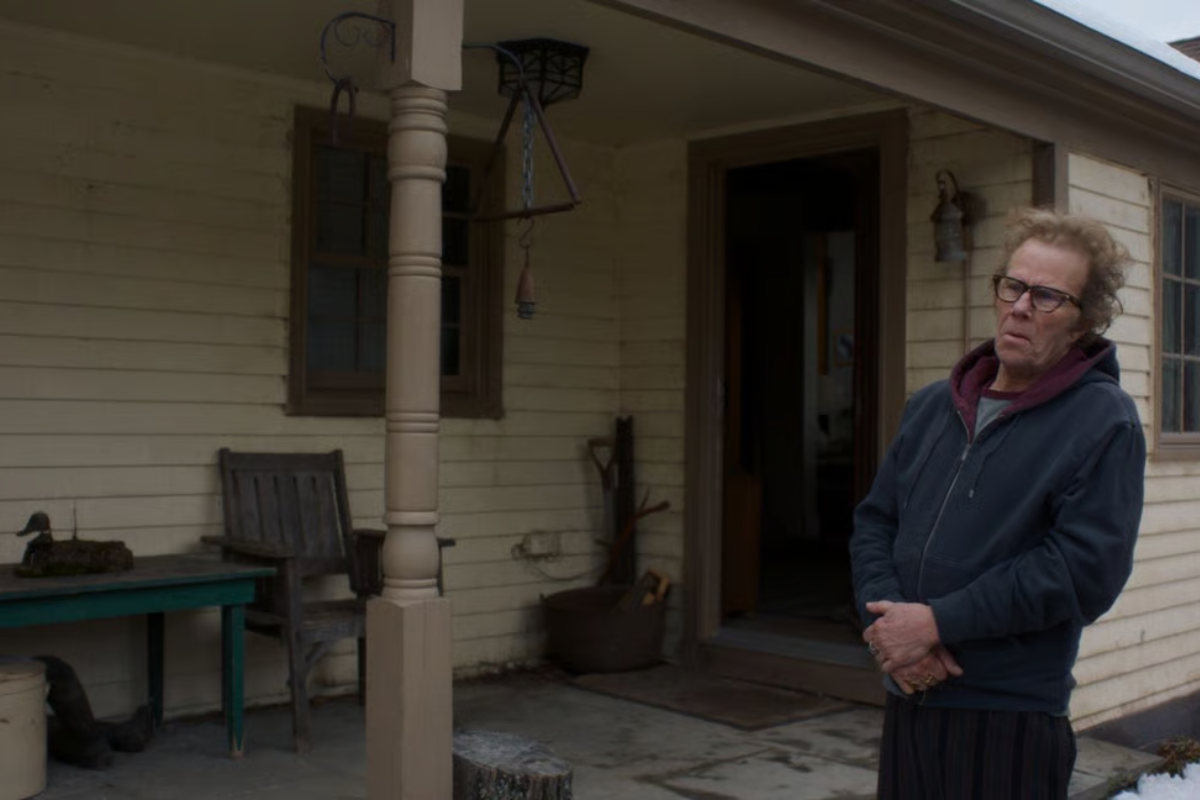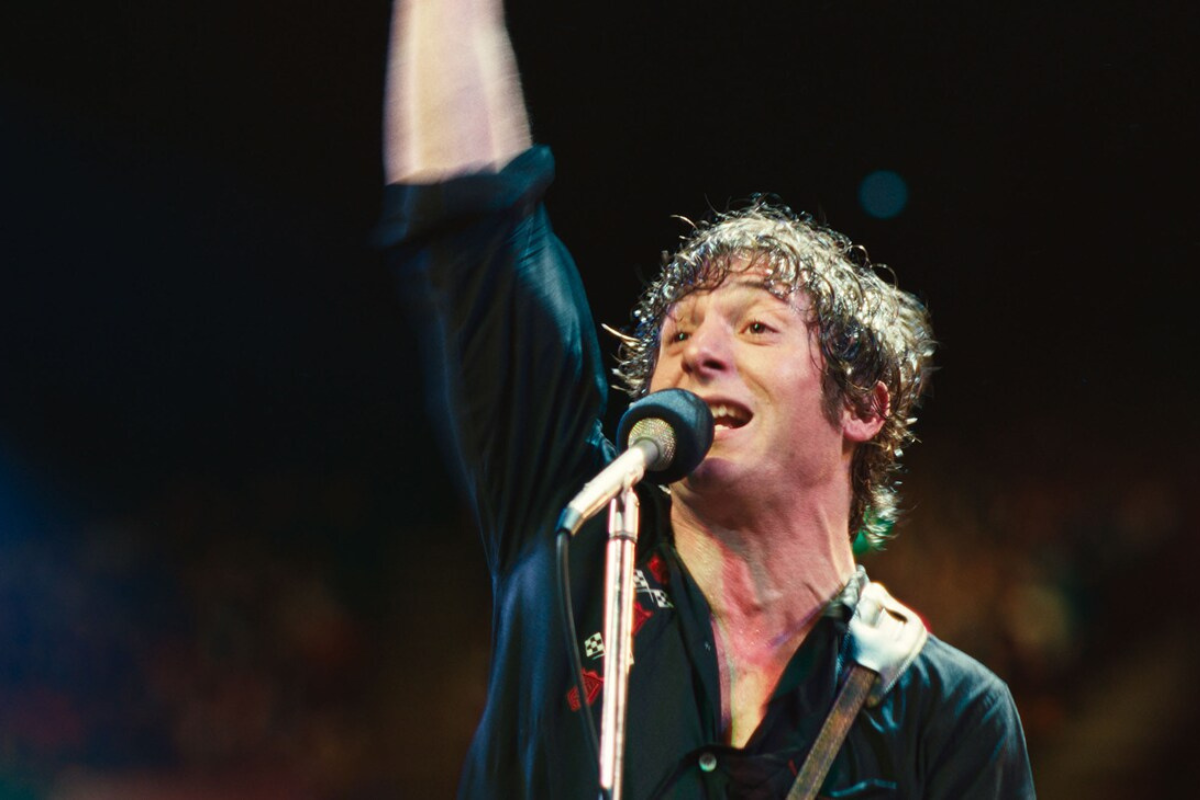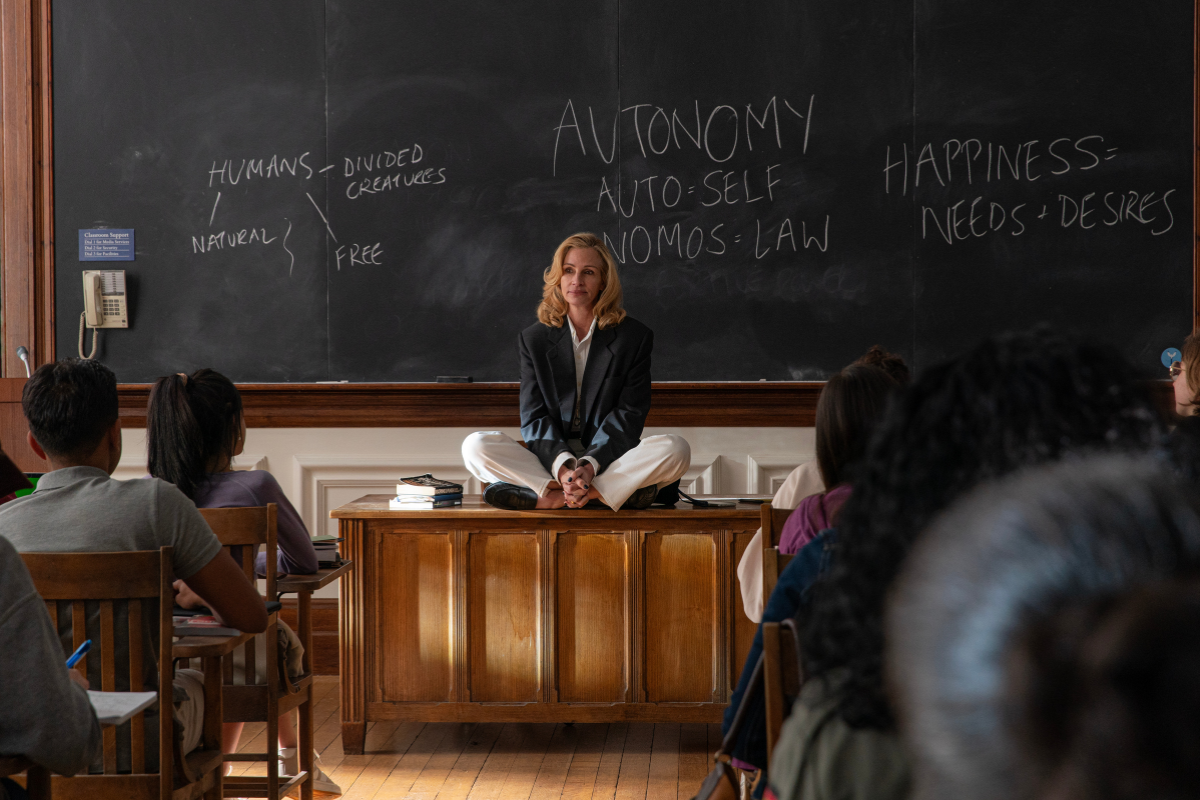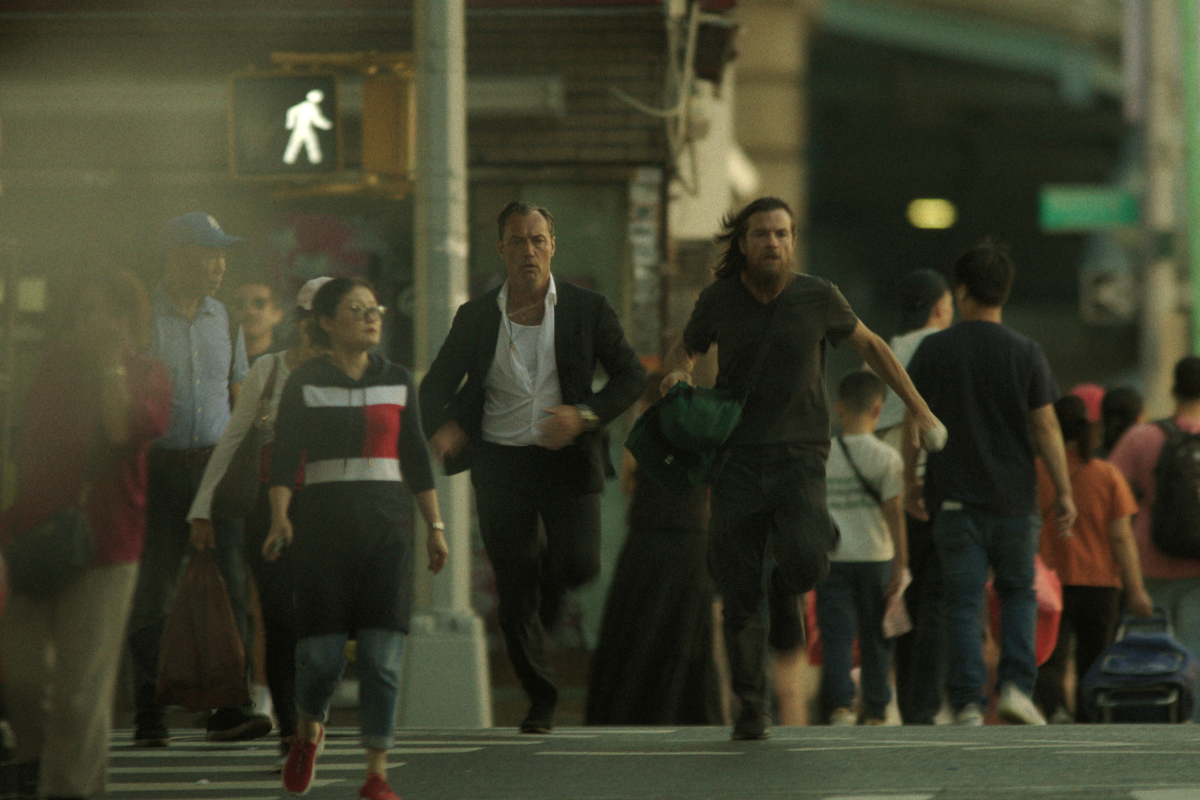Serving Character Through Action: Fight or Flight Director James Madigan Talks What Makes Action Scripts Take Off
The director of the new action-comedy discusses the narrative needs of actions scenes, how action scenes serve the same purpose as songs in musicals, and more.
The action-comedy Fight or Flight delivers more than fisticuffs at about 40,000 feet. As an ex-government agent trying to protect someone from assassins aboard a commercial airliner, Josh Hartnett uses his wits, reflexes, and whatever he can wield, smashing a wineglass into an eye and catching a chainsaw, all with an over-the-top tone critics call “plane bonkers.”
His character stabs and deflects with everyday items from the airline cabin and carry-ons, along with heavier hitters from the cargo hold. But while the idea of fighting with found objects was on the page from the beginning, every punch, kick, and parry wasn’t—which was fine with director James Madigan.
“An action scene will not save a lack of character development,” said Madigan (Runaways), a second unit director on several action films and series, including Transformers: Rise of the Beasts, The Meg, and See. “It’s like a coat of paint on a car. You’ve gotta have a good car first.”
Fasten your seatbelt as Madigan invites us inside Fight or Flight’s bloody mayhem—and shares what he thinks makes an action script take off. (No major spoilers ahead.)
“You Feel the Struggle When He Gets Hit, That It’s Real”
Fight or Flight blends humor, action, and gore much like 2021’s Nobody (and its upcoming sequel, Nobody 2) with Bob Odenkirk and this year’s Novocaine with Jack Quaid. In each, an unassuming man turns out to be more lethal than he looks, thanks to secret skills and happenstance.
While Fight or Flight strikes a chord that one critic called “a little bit Hit Man … and a lotta Looney Tunes,” Madigan liked Lucas’s character and the setup before dipping into the action. Former Secret Service agent Lucas Reyes (Hartnett, Trap)has been living off the grid in Bangkok when an old flame from the FBI (Katee Sackhoff, The Mandalorian) rings him up with a chance for a new beginning.
“I have a real soft spot for underdog stories,” Madigan said. “There’s obviously a lot of big, exciting, fun things that go on in the movie, but at the end of the day, it’s about a guy who’s sort of lost everything and is trying to find his way back. I feel like there’s something kind of universal about that. It reminds you of old-school action heroes, you know, the John McClanes [of Die Hard]. … Indiana Jones is a cliche, but that first Raiders of the Lost Ark is someone who’s a little bit hapless; you feel the struggle when he gets hit, that it’s real. Those kinds of mortal men, not people that go through something impossible and dust it off.”
All Lucas has to do is crawl out of a bottle, catch an airplane bound for San Francisco, find a suspected online terrorist aboard dubbed The Ghost, and escort them safely into custody. The trouble is, several other passengers are out for blood that a bounty for killing The Ghost and Lucas would bring.
Lucas starts off on the wrong foot, having been out of action a while and hampered when one assassin tries to drug him. But he stumbles into defending himself. “Even without his faculties, he just gets lucky,” Madigan said.
Over the course of the flight, viewers watch Lucas use his detecting skills, both in finding The Ghost and what his assignment actually entails. “He’s given a chance to get it all back, and then he finds out that to do that, he’s got to sell his soul.”
Varying the Visuals
The script by Brooks McLaren (How It Ends)and D. J. Cotrona gives Lucas some help, thanks to flight attendants played by Danny Ashok (Dinosaur), newcomer Hughie O’Donnell, and Charithra Chandran (Bridgerton), who especially relished scenes where she smacks an assailant with a coffee pot or other implements.
Even so, the filmmakers wanted to ensure the action varied, especially considering the airplane setting makes Fight or Flight a contained movie.
“This is a guy doing fisticuffs in the same environment more or less over and over, so our priority was to make sure that we vary this within the confines of what we have,” as far as time and budget, he said.
Production designer Mailara Santana was “a miracle worker,” dressing the cabin set differently to represent the plane’s upper and lower passenger tiers, he said. Cinematographer Matt Flannery varied the lighting from preboarding look to ambient lighting during flight and the no-holds-barred finale, as well as among the passenger cabin, the galley, the cockpit, and the cargo area.
Even so, parts of the script became fluid with input from fight choreographers, visual effects crew, and other departments. For instance, they added instructions for extras playing innocent passengers to skitter out of the way. “You can’t have a fight go on and have people just sit there,” he said.
The filmmakers also weighed how to handle found objects as weapons versus the knives, guns, and whatever else adversaries smuggled aboard. The movie shows an armed sky marshal, but it doesn’t pinpoint every attacker’s arsenal.
“There was a lot of talk about how to get weapons on a plane, and I was like, I’m not doing that. … You don’t want to be irresponsible,” Madigan said. Besides, “this isn’t a Christopher Nolan sort of tone. It’s a little absurd. So, you can’t take it too seriously.”
Think of Action Like Music
While Fight or Flight doesn’t let Lucas rest much between battles, Madigan said the plot doesn’t drive the character, and the character stays true to who he is.
“An action scene or a fight sequence should sort of serve the same purpose that a song in a musical would serve—in other words, a way to get across a plot point, character development, or whatever it may be in a much more exciting way than just sitting around and talking about it,” he said. “Stay true to the North Star of the story you’re telling—the character, how the character fits into that—and to make sure that is always integral.”
Screenwriters often write in a vacuum before anyone has scouted locations, seen a set, or understood how dynamic actors can move within that environment, he adds.
“You’re writing it out to be able to make people visualize something exciting. You’re writing it out to get a green light. You’re writing it out to have a really great actor look at it and say, ‘I love this part, and I love this character, and I can really follow this through.’ And sometimes those things can stay exactly as written, but almost always, the realities of the production and your locations and your set will take over.”
So don’t worry about whether you’ve nailed every sideswipe or roundhouse kick—and “never fall into the trap of like, ‘It’s been twenty pages since we had an action scene. Let’s pump it up here,’” Madigan said.
Focus on keeping the narrative journey and the character journey intact.
“Treat any action scene with the same narrative attention that you would any other scene,” he said. “Because if it’s not purely about storytelling and it’s not justified and it's not purely about the characters and teaching us something about their ability to face adversity or to solve problems, then it’s just window dressing. It’s not going to land, and it’s not going to be effective.”
Valerie Kalfrin is an award-winning crime journalist turned essayist, film critic, screenwriter, script reader, and emerging script consultant. She writes for RogerEbert.com, In Their Own League, The Hollywood Reporter, The Script Lab, The Guardian, Film Racket, Bright Wall/Dark Room, ScreenCraft, and other outlets. A moderator of the Tampa-area writing group Screenwriters of Tomorrow, she’s available for story consultation, writing assignments, sensitivity reads, coverage, and collaboration. Find her at valeriekalfrin.com or on Twitter @valeriekalfrin.


